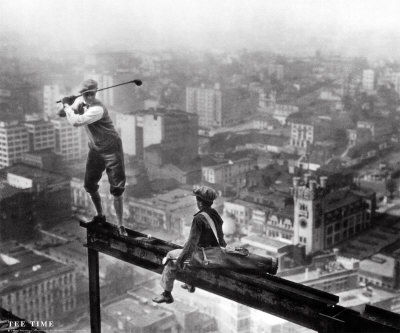Edward Lear (12 May 1812 – 29 January 1888) was a British artist, illustrator, author, and poet, renowned today primarily for his literary nonsense, in poetry and prose, and especially his limericks, a form that he popularised.

Visit First For Prints http://www.firstforprints.co.uk/index.asp for low cost art prints, canvases, books, art supplies, materials, and large banners and posters.
Art Prints from £4.95

Lear was already drawing “for bread and cheese” by the time he was aged 16 and soon developed into a serious “ornithological draughtsman” employed by the Zoological Society and then from 1832 to 1836 by the Earl of Derby, who had a private menagerie. His first publication, published when he was 19, was Illustrations of the Family of Psittacidae, or Parrots in 1830. His paintings were well received and he was favourably compared with Audubon.

Lear was born into a middle-class family in the village of Holloway, the 21st child of Ann and Jeremiah Lear. He was raised by his eldest sister, also named Ann, 21 years his senior. Ann doted on Lear and continued to mother him until her death, when Lear was almost 50 years of age. Due to the family’s failing financial fortune, at age four he and his sister had to leave the family home and set up house together.
Lear suffered from health problems. From the age of six he suffered frequent grand mal epileptic seizures, and bronchitis, asthma, and in later life, partial blindness. Lear experienced his first seizure at a fair near Highgate with his father. The event scared and embarrassed him. Lear felt lifelong guilt and shame for his epileptic condition. His adult diaries indicate that he always sensed the onset of a seizure in time to remove himself from public view. How Lear was able to anticipate them is not known, but many people with epilepsy report a ringing in their ears (tinnitus) or an aura before the onset of a seizure. In Lear’s time epilepsy was believed to be associated with demonic possession, which contributed to his feelings of guilt and loneliness. When Lear was about seven he began to show signs of depression, possibly due to the constant instability of his childhood. He suffered from periods of severe depression which he referred to as “the Morbids.”















![1026 Marilyn Monroe Ballerina - Maxi Poster [NPP001026]](https://firstforprints.files.wordpress.com/2012/04/1026-marilyn-monroe-ballerina-maxi-poster-npp001026.jpg?w=538)







